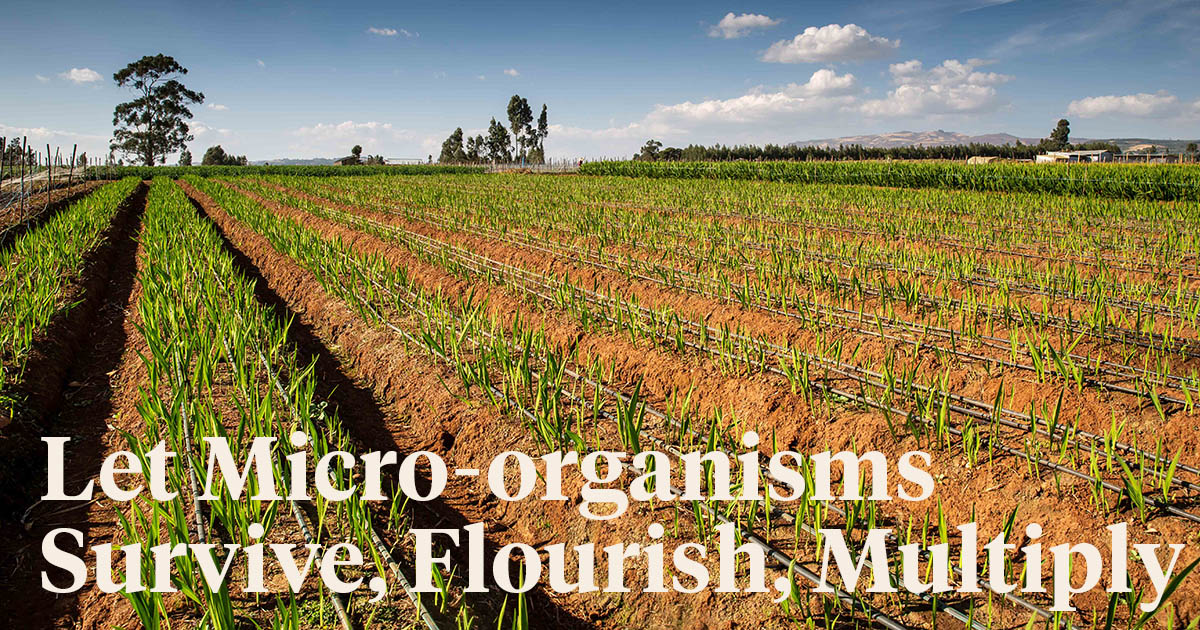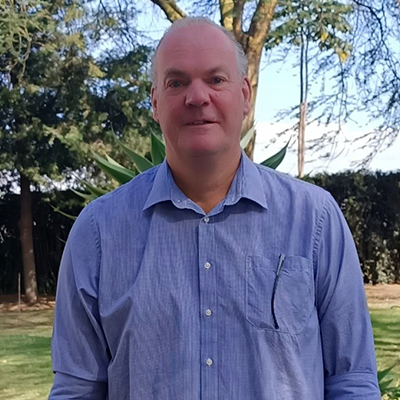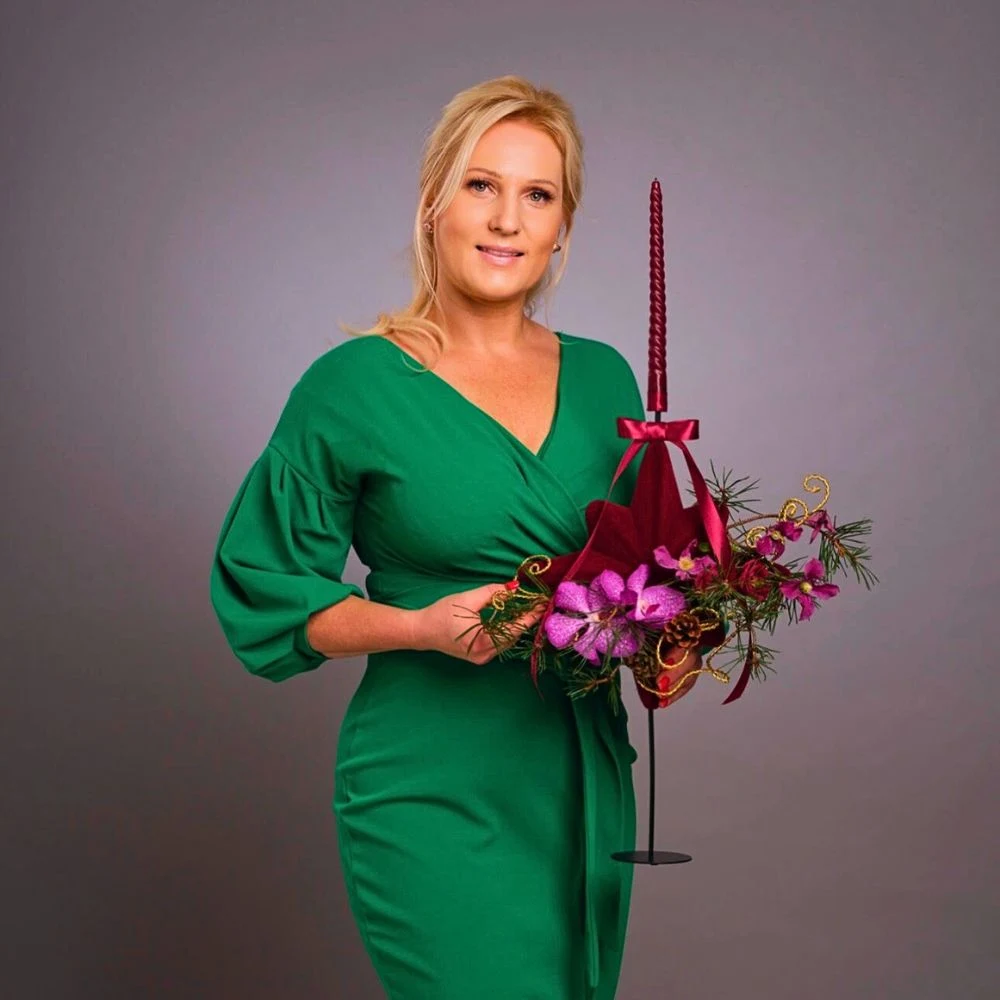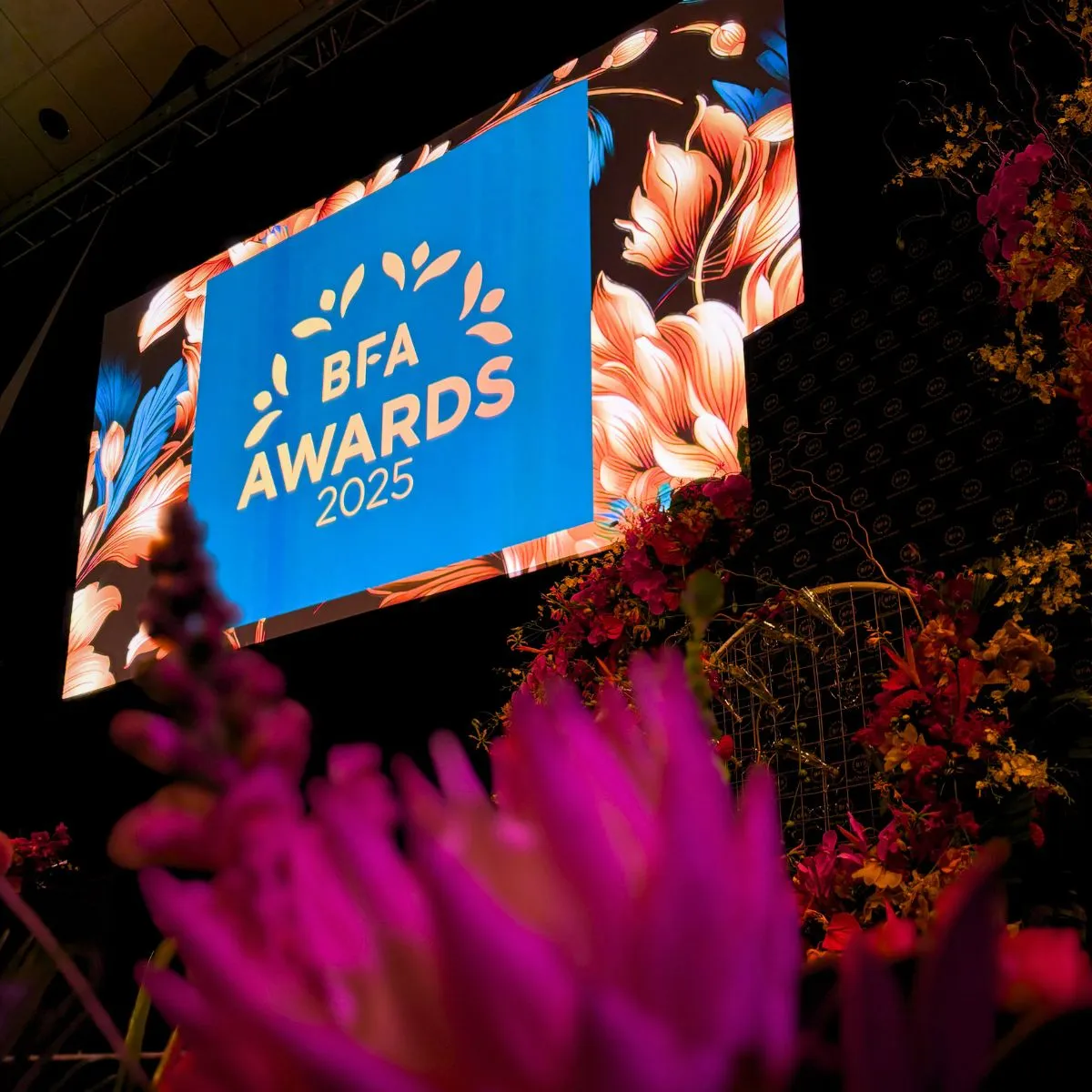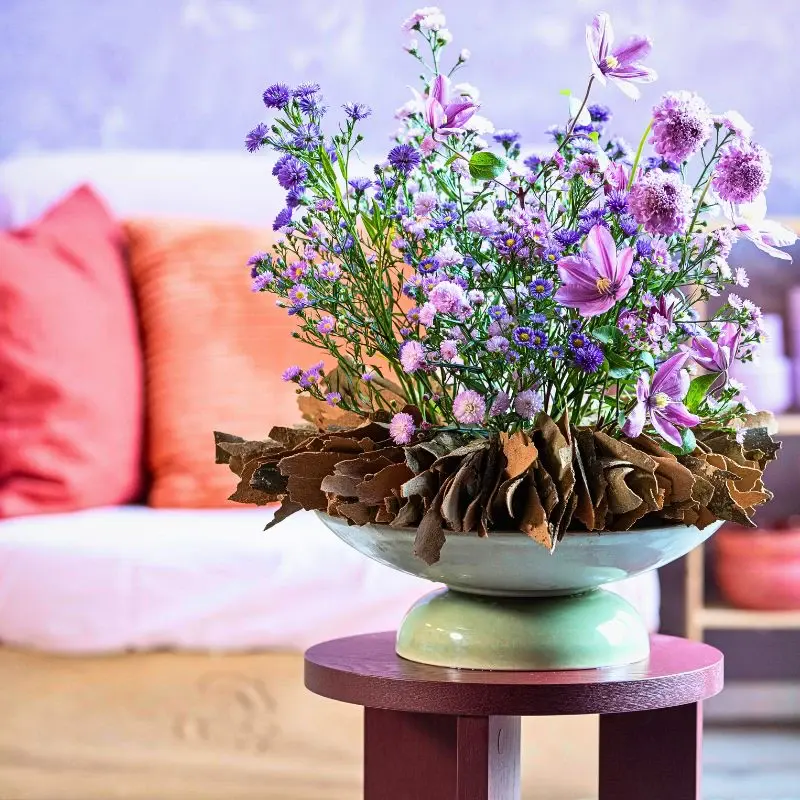Around two years ago, I started to work as an agronomist with the Marginpar group in Kenya. After a proper introduction and visiting all the farms, it became clear to me that the production of quality summer flowers still depended heavily on chemicals. That had to change. Together with the directors, it was decided to develop a five-year strategic plan for agronomy. The primary target was reducing chemical inputs and introducing a more sustainable summer flower production method.
In a series of blogs, of which this is the second one, I’ll present the results of implementing a so-called Farm Manual with a different topic such as soil-borne pathogens, and crop protection.
Supporting the Biological Life in the Soil
Did you check my first blog about management of the soil-borne pathogen? In this second part, the story continues. It is about supporting the biological life in the soil.
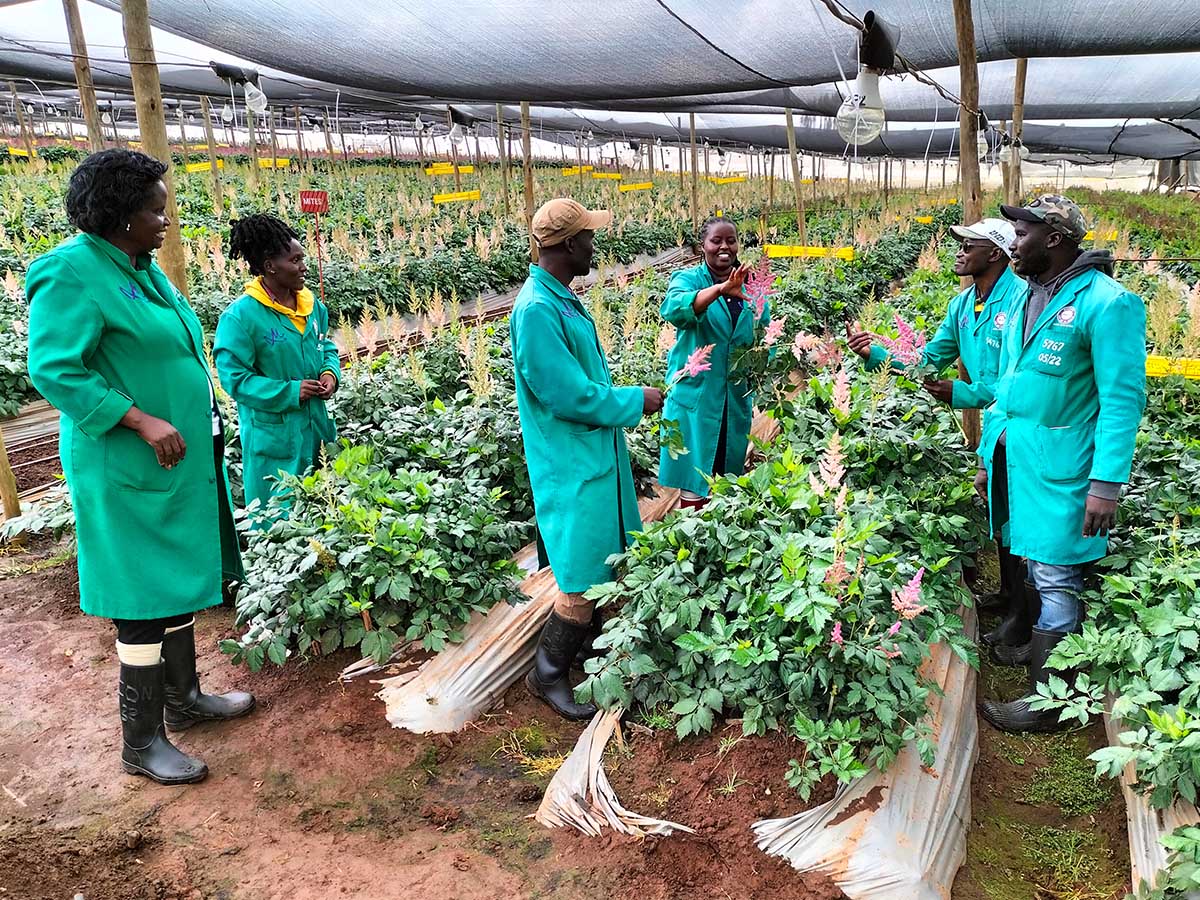
Survive, Flourish, and Multiply
After the application of the different micro-organisms and organic products to the soil, it is important to create an environment where the micro-organisms can survive, flourish, and multiply.
There are a number of activities that can be done to support the micro-organisms in the soil before and during the cultivation of the crop:
Field Trials
Normally different products can be applied together without having a negative impact on each other’s establishment and development. This is not always the case, make sure the products are applied in the correct sequence and that different products do not interfere. This can be determined by implementing field trials with different products, with different combinations, and during different stages of the development of the crop. Do not forget the control group, a few beds with no additives at all, just fertigation.
Balancing Water and Nutrients With Fertigation
Fertigation is used to supply the crop with the correct amount of water and nutrients. The amount of water supplied can have an impact on the micro-organisms in the soil, when too much or too little water is applied the micro-organisms cannot survive and their numbers will decrease. The benefits will not be noticed.
The level of applied nutrients (fertilization) is expressed as E.C. (electrical conductivity [dS/m]) and when the E.C. is too high it might have a negative impact on the micro-organisms and other bio-life in the soil. The Marginpar farms are now adjusting the E.C. values to assist the micro-organisms and bio-life in the soil.
Boosting Fertigation With Organic and Controlled-Release Fertilizers
A second step in fertigation is the introduction of organic fertilizers and Controlled-Release Fertilizers. Marginpar has just started this journey in the Kenyan farms, and the Ethiopian farms have already more experience with this. We believe that the micro-organisms and other soil bio-life can develop better under this fertigation regime.
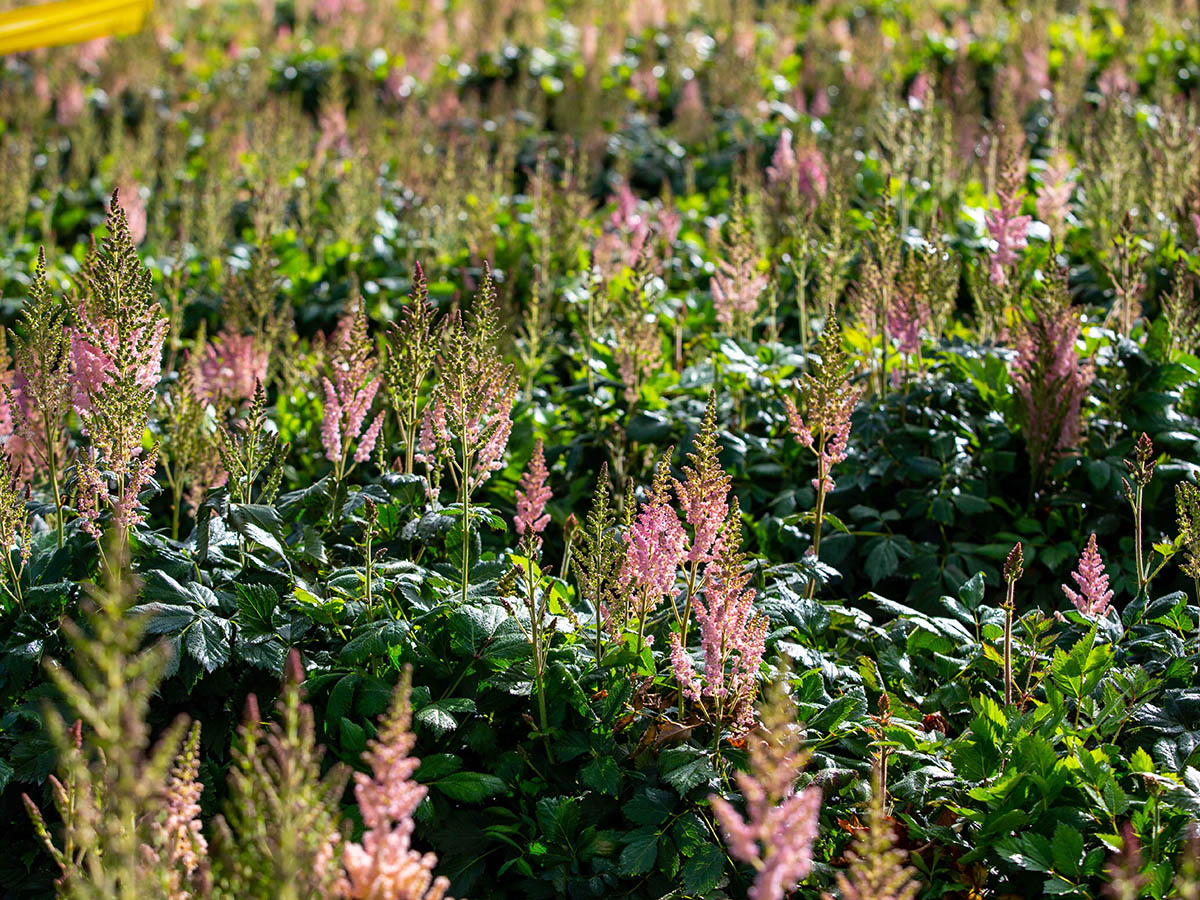
Some Additional Points
Now, I would like to continue with some additional points that are mentioned which are used in the Marginpar farms.
Organic Solutions for Soil Pathogens and Microbes
No fungicides are used when plants start to develop symptoms caused by soil-pathogenic fungi and bacteria. On-the-spot treatment with an organic product (repeat several times) and directly afterward add the micro-organisms to the soil to re-populate the soil with beneficial micro-organisms at the treated spot again.
Microbial Support Through Compost Integration
Compost is added during bedmaking; therefore, it is distributed equally throughout the bed. Once in the bed, the compost can support the microorganisms present in the bed. Additional compost can be added to the bed during the growing season or after the cutback of the crop when the compost is sieved and very small, it will be transported into the bed via irrigation or rain.
Biochar: Nurturing Soil Microorganisms
Recently the Marginpar farms started producing biochar. Biochar can be added while making the bed. It will be transported into the bed via irrigation or rain. It has been noted that biochar has a positive impact on the activity of microorganisms in the soil. The biochar provides mineral nutrients, carbon, and habitat (surface colonization).
Vermiculture and Vermiwash: Nutrient-Rich Boost
The Marginpar farms have also embraced the vermiculture process. Currently, the farms are focussing on ‘vermiwash’, which is a liquid filtered from the watery wash from the earthworms in the buckets. This suspension of nutrients and organic compounds is diluted and added to the beds. The results have been remarkable when the crop responded very well after the application. It also contains food for the micro-organisms in the soil.
Cover Crops and Reduced Tillage: Early Insights
Recently, the Marginpar farms embarked on the ‘cover crop’ journey and the first results have already become visible in two farms where earthworms have been found after the cover crop (after cutting) was placed on the soil. Under the leaves, a wide variety of insects, mites, and spiders were found. More results will be collected in the coming months. Next to the introduction of cover crops, on a few Marginpar farms, the tillage of the soil is reduced.

Read more in my third blog Planting Material, an Accelerated Start!
Want to know more about my job at Marginpar? Read this article about me called 'Cultivating Nature's Marvels'.

